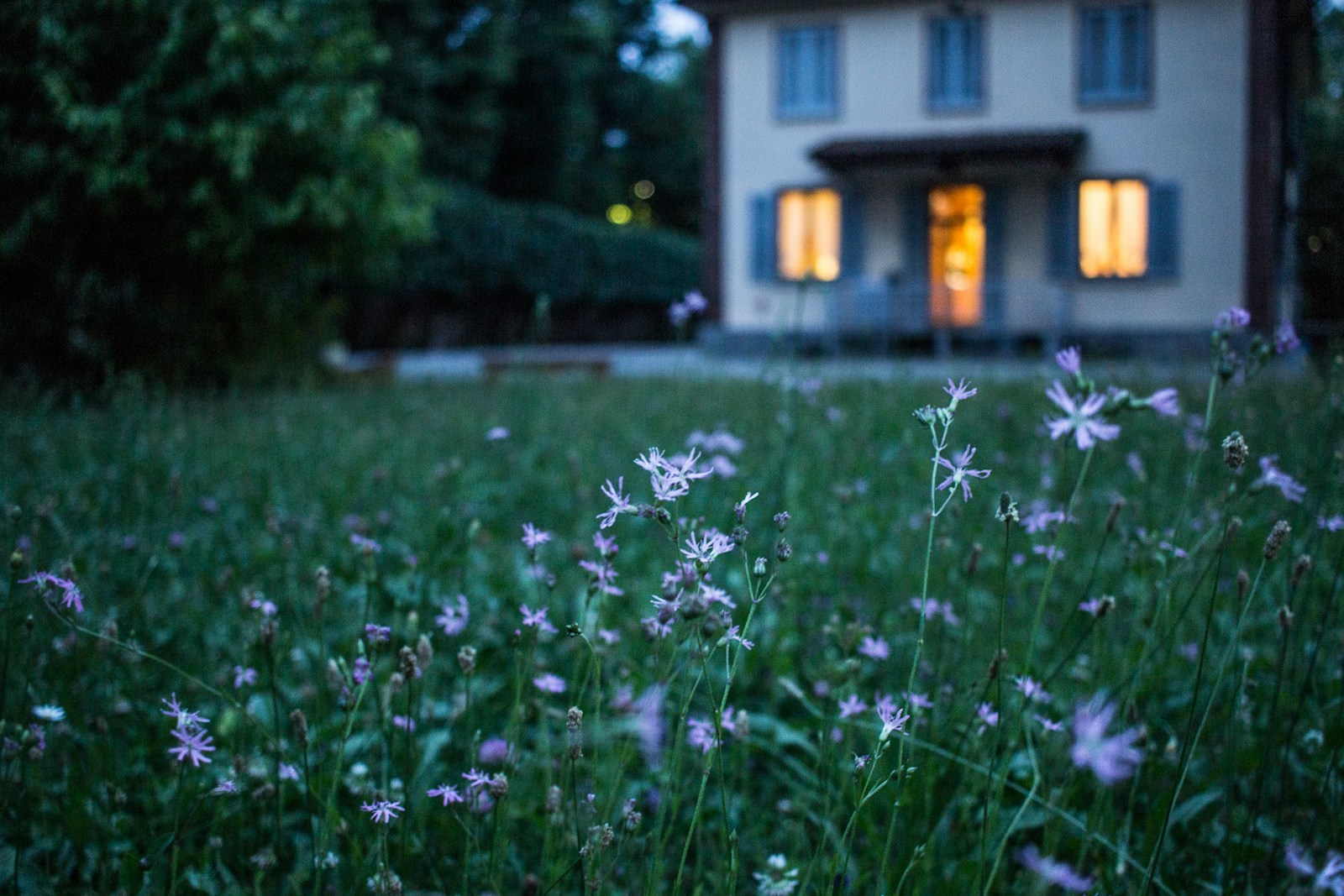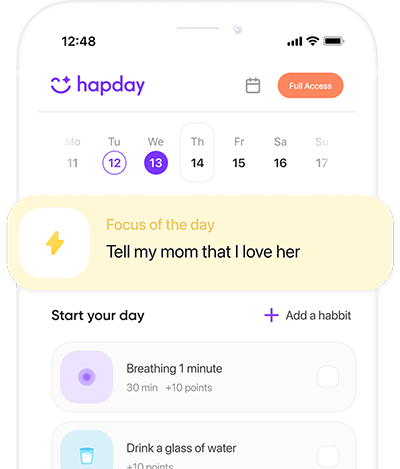In the hustle and bustle of modern life, stress often finds its way into our daily routines, lurking behind work deadlines and social obligations. What many people may overlook is the potential of their home environment to either amplify or ease this stress. Crafting a mindful environment at home can transform it into a haven of tranquility in the midst of everyday chaos. Here, we’ll explore the art of creating such a space, combining insights from psychology, design, and lifestyle tweaks to effectively lighten your mental load.
Table of Contents
- Understanding Stress at Home
- The Role of Mindfulness in Reducing Stress
- Designing a Mindful Home Environment
- Mindful Practices at Home
- The Science of a Mindful Environment
- Conclusion
Understanding Stress at Home
Before diving into practical tips, it’s essential to grasp what stress is and how it impacts our physical and mental well-being, especially within our homes. The American Psychological Association (APA) defines stress as the body’s reaction to any demand or challenge. While some stress is acute and temporary, chronic stress is the real culprit, potentially leading to serious health issues like heart disease and anxiety.
Back in 2002, the “Journal of Health and Social Behavior” published a study revealing that cluttered and chaotic home environments could spike cortisol levels, our body’s primary stress hormone. This underscores why curating a serene living space is vital for stress reduction.
The Role of Mindfulness in Reducing Stress
Mindfulness—being totally present and engaged without judgment—has been shown to alleviate stress significantly. A 2010 study in “Health Psychology Review” found that mindfulness practices, particularly meditation, decrease stress markers and foster well-being.
Incorporating mindfulness into your home design and daily routine can transform your space into a soothing oasis.
Designing a Mindful Home Environment
1. Decluttering Your Space
The Psychological Impact of Clutter
Clutter is more than just an eyesore; it serves as a constant reminder of undone tasks. According to a 2009 study in the “Personality and Social Psychology Bulletin,” women who viewed their homes as cluttered reported higher levels of depression and fatigue.
Decluttering Strategies
- The KonMari Method: Inspired by Marie Kondo, this method encourages keeping only items that “spark joy,” promoting mindfulness by considering how each item makes you feel.
- One-In-One-Out Rule: For every new item you bring home, let go of one. This prevents clutter accumulation and fosters intentional living.
2. Creating Calm with Colors
The Psychology of Colors
Colors wield power over our moods. Research in the “Journal of Environmental Psychology” found that soft, muted colors like blues and greens soothe, whereas bright colors like reds and oranges can heighten anxiety.
Incorporating Calming Colors
- Paint in Soft Hues: Choose calming shades like soft blue or sage green for your walls.
- Add Color Accents: Infuse these soothing hues into your decor with items like cushions and curtains.
3. Embracing Nature
Biophilic Design Principles
Blending natural elements into our environment, known as biophilic design, can significantly reduce stress and uplift mood. A 2015 study in “Frontiers in Psychology” showed that nature exposure calms us down physiologically.
Bringing Nature Indoors
- Houseplants: Green friends like the snake plant and peace lily not only purify air but also promote calm.
- Natural Materials: Incorporate wood, stone, or bamboo in your furniture and decorations to evoke a natural vibe.
4. Optimizing Lighting
The Importance of Natural Light
Sunlight doesn’t just brighten spaces; it lifts spirits and cuts stress. A 2014 “Journal of Clinical Sleep Medicine” study found that natural light at work reduced stress and improved life quality for employees.
Lighting Tips for a Mindful Home
- Maximize Sunlight: Use light curtains and strategic mirrors to spread natural light.
- Layered Lighting: Combine ambient, task, and accent lighting for a balanced setup.
5. Soundscapes and Silence
The Sound Dimension of Mindfulness
Noise pollution is not just annoying; it’s a hidden stressor. On the flip side, certain sounds offer relaxation.
Creating a Calming Sound Environment
- Sound Machines: Tools or apps playing nature sounds like rain or waves can create a peaceful backdrop.
- Silence Zones: Dedicate spaces as silence zones, minimizing tech use and fostering quiet.
Mindful Practices at Home
1. Establishing a Meditation Space
A designated meditation area can amplify your mindfulness efforts. A 2003 “Psychosomatic Medicine” study revealed that meditation helps ease stress and enhances emotional control.
Creating a Meditation Space
- Find a Quiet Spot: Choose a secluded corner free from distractions.
- Opt for Comfort: Use cushions or low seating to support a relaxed meditative pose.
- Include Mindful Elements: Add candles, incense, or a mini fountain to boost serenity.
2. Mindful Eating at Home
The Benefits of Mindful Eating
Mindful eating invites us to savor every bite. A 2016 study in the “Journal of Behavioral Medicine” linked it to better eating habits and reduced food-related stress.
Practicing Mindful Eating
- Set a Serene Table: Arrange your dining area thoughtfully, devoid of electronic disruptions.
- Enjoy Each Mouthful: Relish the flavors, textures, and scents of your meals.
3. Mindful Scheduling
Balancing Responsibilities with Downtime
Juggling a packed schedule can take its toll. Mindful scheduling balances duties with time for relaxation.
Strategies for Mindful Scheduling
- Prioritize Wisely: Tackle urgent tasks first, and leave room for breaks.
- Plan Relaxation: Ensure you have time for stress-busting activities like reading or yoga.
The Science of a Mindful Environment
1. The Influence of Environment on Mental Health
Our surroundings profoundly affect mental health. A 2009 analysis in “Environmental Health Perspectives” confirmed that natural environments enhance mental well-being.
2. The Role of Neuroarchitecture
Neuroarchitecture, the study of how spaces shape brain activity,



This article really opened my eyes to how much our environment can impact our stress levels! I never thought about how colors could affect my mood, but now I’m convinced that a soft blue wall would work wonders. It’s time for a little makeover in my space! 🌿
Totally agree! I painted my room a light green and it feels so peaceful. Sometimes small changes can make such a big difference.
Yes! It’s amazing what decluttering can do too. I feel so much lighter after cleaning out my closet.
While I appreciate the tips, some of them seem a bit unrealistic. Not everyone has the time to create dedicated meditation spaces or worry about color psychology. Can’t we just enjoy our homes as they are? Sometimes stress comes from trying too hard to be ‘mindful.’
@ZenZebra Agreed! Life is chaotic, and sometimes you just need to embrace the mess instead of stressing over it.
@ZenZebra Exactly, there’s only so much we can control in our lives, especially when juggling work and family!
@Author, thank you for highlighting biophilic design! Adding plants made such a difference in my home office. It feels more refreshing and alive, and my productivity has soared!
@Author, this is fascinating! The section on soundscapes is particularly interesting to me. I’ve started using sound machines at night; they really help drown out distractions.
I love how you incorporated mindfulness into daily practices like eating and scheduling! It makes me want to slow down and appreciate the little things more often.
I absolutely love the insights shared in this article! Creating a mindful home environment resonates with me deeply. The tips on decluttering and embracing nature are particularly useful. It’s amazing how much our surroundings influence our mental well-being. I’m excited to implement these changes in my space.
I completely agree! It’s incredible how simple adjustments can lead to significant improvements in our mental state. I’m planning on adopting the KonMari Method this weekend.
Exactly! A peaceful home can truly act as a sanctuary amidst life’s chaos. Can’t wait to see how my mood shifts after these changes.
While I appreciate the effort behind this article, it feels a bit oversimplified. Stress is complex, and just rearranging furniture or adding plants won’t solve deeper issues. We need more than aesthetics to address stress; we need comprehensive lifestyle changes.
This article provides a solid foundation for understanding the connection between our environment and stress levels. The scientific references lend credibility, especially regarding cortisol levels and color psychology. It’s great to see practical applications of research discussed here.
‘This whole idea of transforming your home into a ‘mindful oasis’ seems like just another marketing gimmick to me. People have been living with stress for centuries, and now we’re supposed to believe that painting walls blue will fix everything? It feels overly simplistic.
I absolutely love the idea of creating a mindful environment at home! It’s amazing how much our surroundings can influence our mood and stress levels. I’ve started decluttering, and it really does make a difference. Less chaos means more peace! Anyone else here tried the KonMari method?
I agree! Decluttering is such a game-changer. I always feel lighter after tidying up my space.
Yes! I found that adding some houseplants has also helped create a calming atmosphere.
While I appreciate the effort to create a mindful environment, I can’t help but think about how unrealistic it is for many people. Not everyone has the time or resources to constantly maintain a ‘tranquil’ home! Sometimes you just have to embrace the chaos.
This article is so insightful! The section about using calming colors really resonated with me. I’ve painted my living room in soft greens, and it truly feels like an oasis now. It’s incredible how color can affect our emotions!
…and don’t forget about lighting! Natural light makes such a difference in mood.
*nods* Soft colors are definitely key. I’m thinking of adding some blue accents next!
(insert sarcasm) Sure, let’s all just turn our homes into zen gardens with perfect lighting and plants everywhere! Sounds easy enough… for those living in a Pinterest board! Seriously though, it’s a nice thought but practical advice would help too.
…right? It’s not that simple when you have kids or pets running around!
Exactly! Mindfulness doesn’t magically clean up after your family.
Incorporating nature into your home sounds fantastic! I’ve recently added more plants and even set up a small meditation corner by my window where I can enjoy some natural light while reflecting on my day.
That sounds lovely! Meditation by natural light must be so refreshing!
I need to try this out – any tips for beginners?
Creating soundscapes at home is something I’ve never thought of before reading this article! Playing nature sounds while working has really helped reduce distractions for me.
Right? It makes such an impact on focus, especially when you’re working from home.